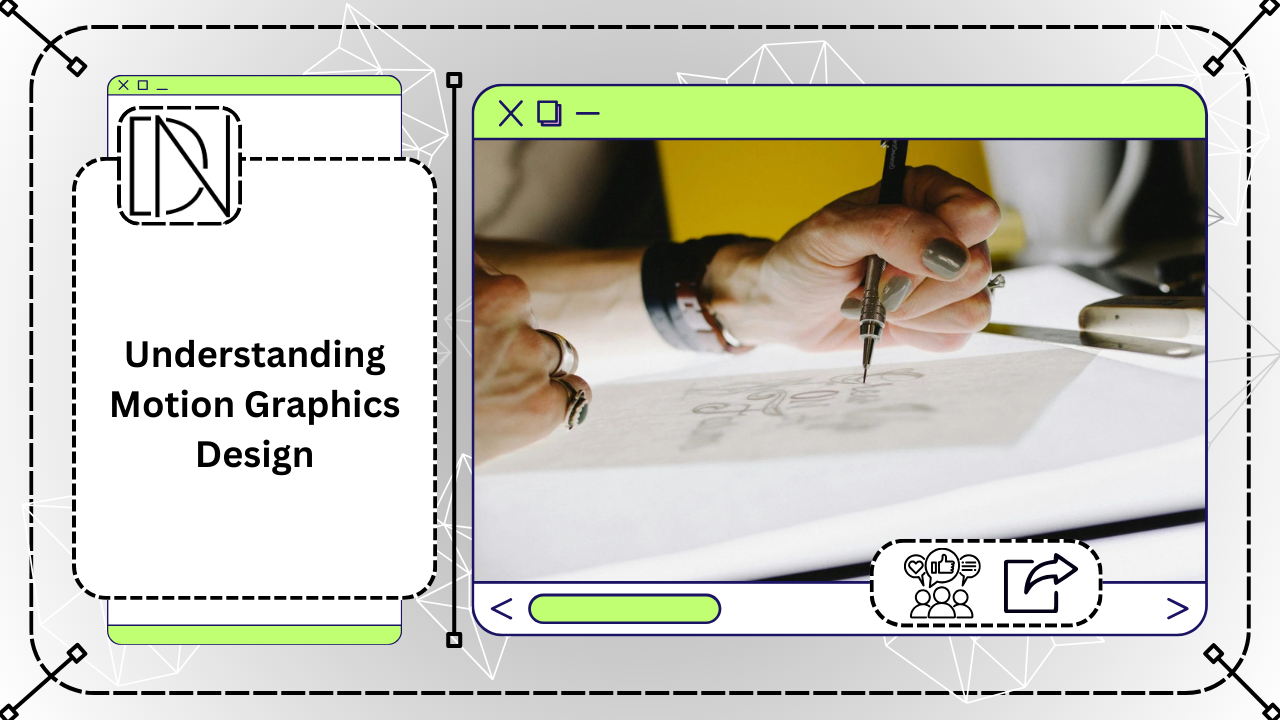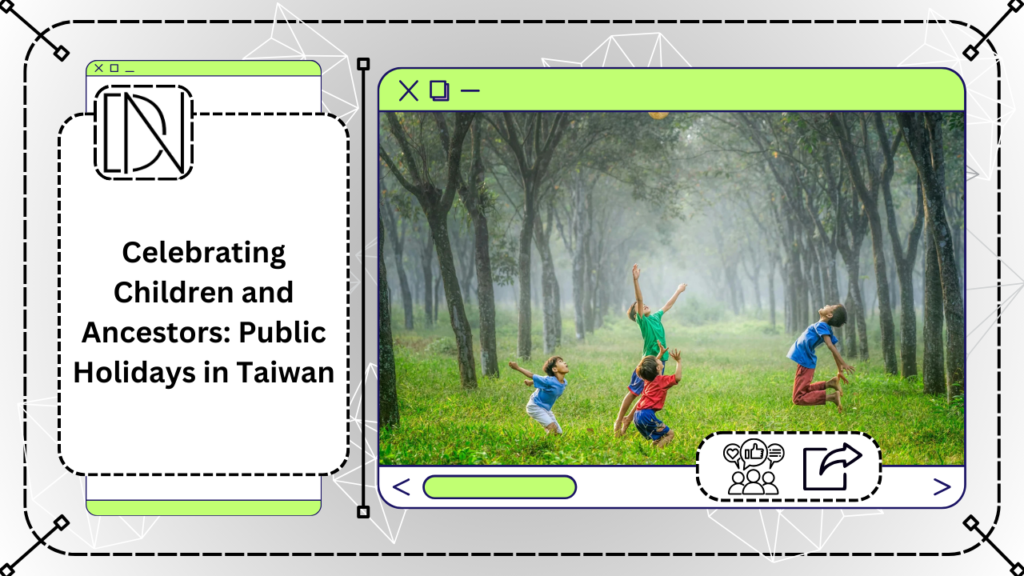When it comes to visual communication, motion graphics design plays a vital role in capturing the attention of viewers and conveying complex messages in a dynamic and engaging way. In this article, we will explore the world of motion graphics design, its purpose, techniques, and its impact in various industries.
What is Motion Graphics Design?
Motion graphics design is an innovative blend of graphic design principles and animation. This art form enables designers to create dynamic visuals that are not only captivating but also convey messages effectively. Unlike traditional animation, motion graphics typically focus on text and abstract shapes, bringing static images to life through motion.
Motion graphics design is a form of animation that combines graphic design and moving images to create visually compelling and informative content. It involves the use of typography, illustrations, images, and video footage to bring static elements to life through movement and transitions.
The Importance of Motion Graphics
In today’s fast-paced digital landscape, engaging content is vital for grabbing audience attention. Motion graphics design plays a crucial role in marketing, advertising, and online media. By utilizing visual storytelling, businesses can communicate complex ideas simply and memorably. This method enhances viewer understanding, making it an invaluable tool for brands aiming to stand out.
Elements of Effective Motion Graphics Design
Several key components contribute to effective motion graphics design. First, a clear concept is essential; understanding the message you wish to convey sets the foundation. Next, color schemes and typography play significant roles in establishing a brand identity. Lastly, pacing and timing are crucial, as well-executed motion can enhance viewer engagement and retention.
Unlike traditional animation, motion graphics design focuses on conveying information rather than telling a story. It is commonly used in advertising, explainer videos, title sequences, user interfaces, and presentations to captivate audiences and enhance the overall visual experience.
The Purpose of Motion Graphics Design
The main purpose of motion graphics design is to communicate complex ideas and messages in a visually appealing and easily understandable way. By incorporating movement and visual effects, motion graphics designers can simplify complicated concepts and make them more accessible to a wider audience.
Whether it’s presenting data, explaining a process, or showcasing a product, motion graphics design allows information to be presented in a concise and engaging manner. It can evoke emotions, create a sense of excitement, and leave a lasting impression on viewers.
Enhancing Engagement Through Motion
One of the primary purposes of motion graphics design is to captivate audiences. By adding movement to static content, designers can draw attention and evoke emotions. This engagement is crucial in a world where viewers are bombarded with information. Well-crafted motion graphics can simplify complex topics, making them more digestible and memorable.
Applications of Motion Graphics Design
Motion graphics have diverse applications across various fields. In marketing, they are used for creating promotional videos that showcase products or services dynamically. In education, they transform instructional material into interactive animations, enhancing learning experiences. Additionally, user interfaces benefit from motion graphics by providing feedback and guidance, improving overall usability.
In conclusion, the purpose of motion graphics design transcends mere aesthetics. It serves to engage audiences, impart information, and create memorable experiences. As technology continues to evolve, so too will the possibilities for motion graphics in storytelling and communication.
Techniques Used in Motion Graphics Design
One of the foundational elements in motion graphics design is the use of keyframing. This technique allows designers to create smooth transitions and movements by setting specific points that define the starting and ending positions of an element. Coupling keyframing with timing creates dynamic sequences that engage viewers.
Another important technique is layering, which involves stacking different visual elements and adding depth to your designs. By manipulating layers, you can create a sense of perspective and direct the viewer’s attention, enhancing the overall impact of your animations.
The Role of Color and Typography
The choice of color and typography is critical in motion graphics design. A well-thought-out color palette can evoke emotions and set the mood for your piece, while the right typography ensures the message is conveyed clearly. Experimenting with animated text can add an extra layer of excitement and engagement, making your animations more effective.
In conclusion, incorporating these techniques into your motion graphics design will greatly improve the quality of your work. By mastering keyframing, layering, along with mindful use of color and typography, you will be well on your way to creating captivating visual stories.
Motion graphics design involves a variety of techniques to create visually stunning animations. Here are some commonly used techniques:
Typography Animation: Using animated text to convey messages and enhance visual impact.
Illustration and Iconography: Incorporating custom illustrations and icons to represent ideas and concepts.
Transitions and Effects: Applying smooth transitions, fades, and effects to create seamless and visually appealing animations.
Color and Composition: Utilizing color theory and composition principles to create visually balanced and aesthetically pleasing designs.
Audio Integration: Syncing animations with sound effects and music to enhance the overall viewing experience.
The Impact of Motion Graphics Design
The Role of Motion Graphics in Different Industries
Across various industries, the impact of motion graphics design is evident. In marketing, brands use engaging animations to introduce products, making the marketing message memorable. In education, animated visuals aid in explaining complex concepts, thus fostering better learning. Furthermore, in entertainment, motion graphics are integral in creating captivating opening sequences and transitions that enrich storytelling. This versatility demonstrates the importance of motion graphics as a communication tool.
Future Trends in Motion Graphics Design
As technology continues to evolve, the impact of motion graphics design is expected to grow even further. With advancements in virtual reality (VR) and augmented reality (AR), the possibilities for motion graphics are expanding. Designers are now creating immersive experiences that engage users in unprecedented ways. As businesses recognize the effectiveness of motion graphics in communication, it will likely become a staple in their strategies, pushing the boundaries of creativity and innovation.
Motion graphics design has a significant impact on various industries and sectors. Here are a few examples:
Advertising and Marketing: Motion graphics design is widely used in advertising campaigns to grab attention, convey brand messages, and promote products or services. It helps brands stand out in a crowded marketplace and leave a lasting impression on potential customers.
Film and Television: Motion graphics design is commonly seen in title sequences, visual effects, and motion graphics-based storytelling. It adds a layer of visual interest and enhances the overall cinematic experience.
E-learning and Education: Motion graphics design is an effective tool for explaining complex concepts and engaging learners. It can simplify information, make it more memorable, and increase knowledge retention.
User Interface and User Experience: Motion graphics design plays a crucial role in creating intuitive and visually appealing user interfaces. It guides users through interactions, provides feedback, and enhances the overall user experience.
Conclusion
Motion graphics design is a powerful visual communication tool that combines graphic design and animation to convey complex messages in a dynamic and engaging way. Its purpose is to simplify information, evoke emotions, and leave a lasting impression on viewers. With its wide range of techniques and applications, motion graphics design has a significant impact on various industries and sectors. So, the next time you come across a captivating animation, remember the artistry and skill behind motion graphics design.












